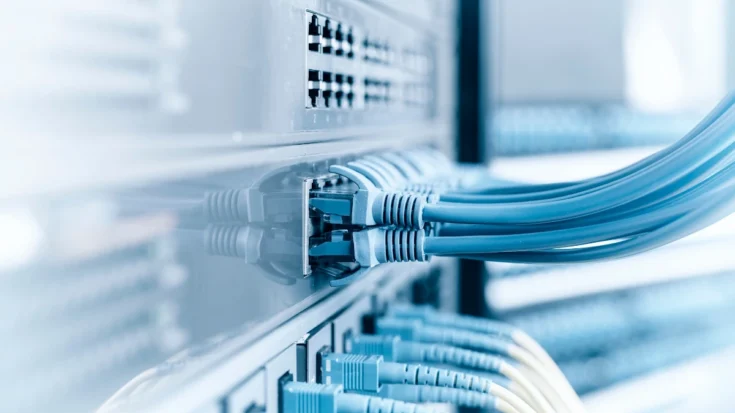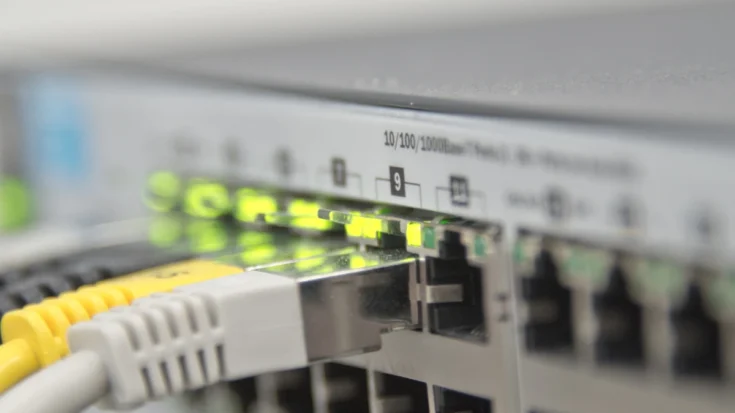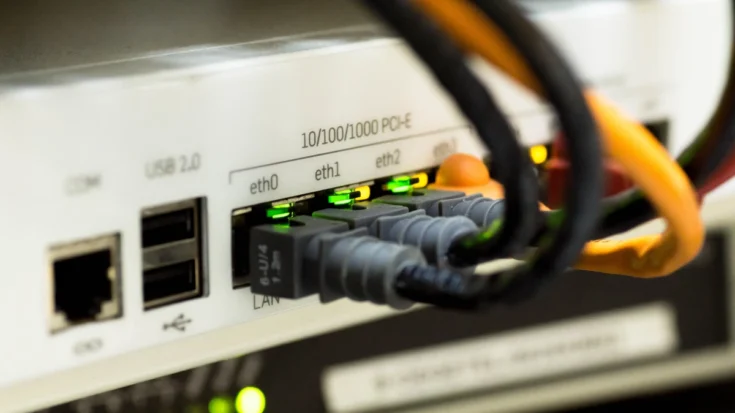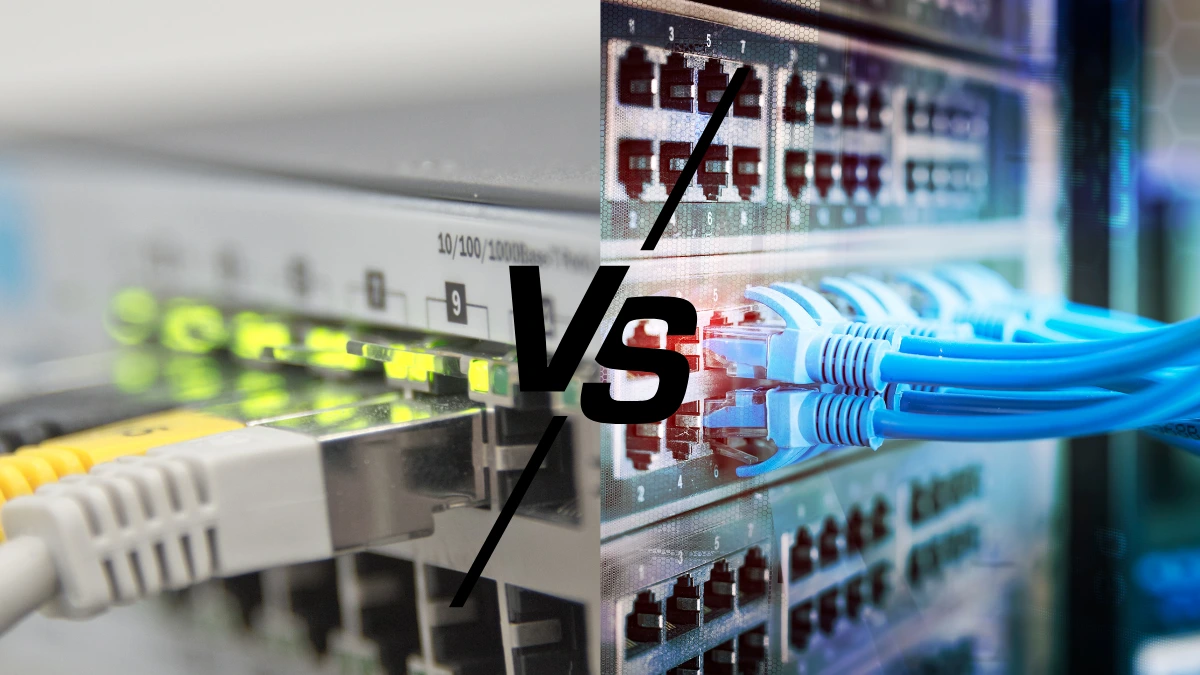Managed Switch vs Unmanaged Switch is a suitable Ethernet switch that is very crucial for creating a reliable and optimal network.
Managed Switch vs Unmanaged Switch has the same basic function—connecting devices on a network—both offer different features and levels of management.
In this article, we will explain the differences, advantages, and disadvantages of Managed Switch vs Unmanaged Switch.
Also Read
Table of Contents
What is a Managed Switch?

Managed switches provide greater control and customization compared to unmanaged switches. They enable network administrators to adjust key settings like VLAN configurations, Quality of Service (QoS), and security features.
This type of switch allows you to manage data traffic priorities, limit access to specific network resources, and track network performance in real-time. They are well-suited for advanced network environments that demand enhanced security and precise management.
What is an Unmanaged Switch?

For straightforward networking needs, unmanaged switches offer a simple, no-fuss solution. Designed for immediate functionality, these switches eliminate the complexities of configuration, making them ideal for residential setups, small-scale office environments, or any scenario where intricate network management is unnecessary.
Their ‘plug-and-play’ nature allows for instant connectivity; simply plugging in devices enables the switch to automatically handle data flow.
However, it’s important to recognize that this ease of use comes with a trade-off: the technology lacks the advanced features and granular control found in more sophisticated network devices.
The Differences of Managed Switch and Unmanaged Switch
The following is a comparison table between managed vs unmanaged switches based on several main aspects:
| Aspect | Unmanaged Switches | Managed Switches |
| Configuration | Cannot be configured (Plug and Play) | Can be configured according to needs |
| Network control | There isn’t any | Can manage network traffic in detail |
| VLAN (Virtual LAN) | Not available | Available, allowing network separation |
| QoS (Quality of Service) | There isn’t any | Can prioritize important traffic |
| Security | Standard | Equipped with additional security features such as port security |
| Network monitoring | Not available | Can be monitored using SNMP or management software |
| Price | Cheaper | More expensive because it has additional features |
| Suitable for | Simple network | Business networks or companies with complex needs |
The Advantages of Disadvantages of Managed Switch vs Unmanaged Switch

Managed Switch
The Advantages:
- Offers flexibility and high efficiency in network management.
- Supports increased security through the use of VLANs and port security.
- Able to optimize network performance with features such as QoS and traffic management.
The Disadvantages:
- Higher costs compared to unmanaged switches.
- Requires technical knowledge for network configuration and monitoring processes.
Unmanaged Switch
The Advantages:
- Easy and fast installation thanks to the Plug and Play system.
- More economical in terms of price.
- No technical skills are required for basic operations.
The Disadvantages:
- Does not support security configuration or network optimization.
- Less suitable for large-scale networks with high traffic volumes.
- Does not have features for monitoring or troubleshooting networks.
That’s the difference between a Managed Switch vs Unmanaged Switch that you can consider before choosing according to your network needs.
For simple connections without special configuration, unmanaged switches offer a practical and affordable solution.
On the other hand, if you need deeper control, advanced security features, and the ability to monitor network activity, managed switches are a more appropriate option.











